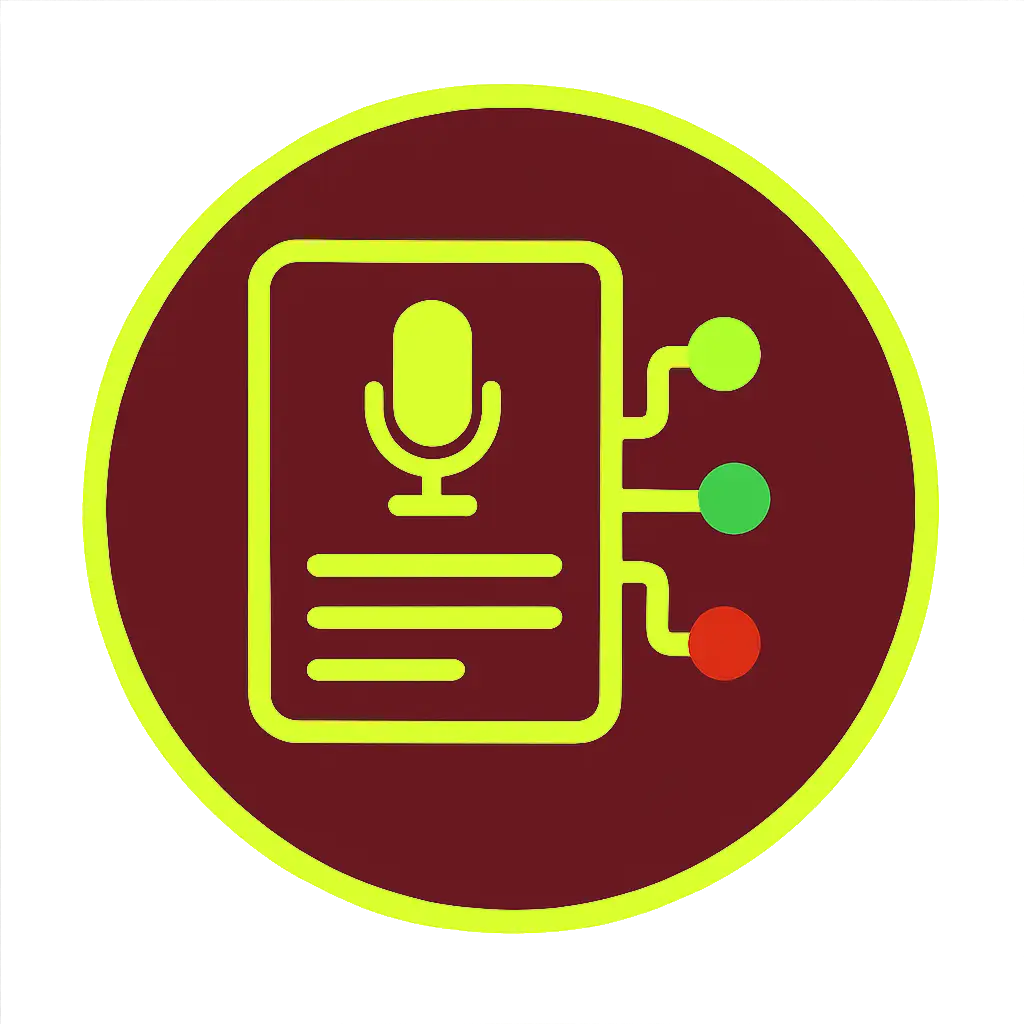
Event-driven programming is one of the most important concepts in modern software development. It’s a way of writing programs that react to what’s happening around them — user actions, sensor inputs, or messages from other systems — rather than simply running line by line. This approach powers everything from desktop apps and games to websites and IoT systems.
In this guide, we’ll break down how event-driven programming works in Python, explore how libraries like tkinter and asyncio make it easy to build responsive applications, and share best practices to help you write efficient, non-blocking code.
What Is Event-Driven Programming?
Event-driven programming flips the traditional execution flow on its head. Instead of the program deciding what happens next, it listens for events — like mouse clicks, keystrokes, or network responses — and reacts accordingly. This is why most user interfaces feel responsive: they’re waiting for you to do something and responding instantly when you do.
Core Concepts
Four main ideas make event-driven programming work:
- Events: The triggers that set everything in motion — button clicks, key presses, or data arriving from an API.
- Listeners: Functions or objects that watch for events to occur.
- Handlers: The code that runs in response to each event, performing specific actions.
- Event Loop: The continuous cycle that waits for and dispatches events to the right handlers.
Building Interactive GUIs with tkinter
The tkinter library is Python’s standard toolkit for building graphical interfaces. Every action in a tkinter app — clicking a button, typing text, closing a window — is an event handled by an underlying event loop.
Step 1: Create a Basic Window
import tkinter as tk
root = tk.Tk()
root.title("Event-Driven GUI")
root.geometry("300x200")
root.mainloop()
This simple snippet opens a blank window and starts the event loop. The program keeps running, waiting for events, until the user closes it.
Step 2: Handle Button Clicks
def on_button_click():
print("Button Clicked!")
button = tk.Button(root, text="Click Me", command=on_button_click)
button.pack()
When the button is clicked, the on_button_click function executes — a perfect example of a handler responding to an event.
Step 3: Bind Keyboard Events
def on_key_press(event):
print(f"Key Pressed: {event.keysym}")
root.bind("<Key>", on_key_press)
This captures keyboard input events, showing how flexible event binding can be in tkinter.
Asynchronous Programming with asyncio
While tkinter is great for user interfaces, asyncio excels at handling asynchronous events like network requests, timers, or file I/O. It lets multiple operations run concurrently without blocking each other, making it ideal for real-time applications or servers.
Step 1: A Simple Asynchronous Function
import asyncio
async def say_hello():
await asyncio.sleep(2)
print("Hello, Async World!")
asyncio.run(say_hello())
This function pauses for two seconds without freezing the entire program — a core strength of asynchronous design.
Step 2: Running Multiple Tasks
async def main():
task1 = asyncio.create_task(say_hello())
task2 = asyncio.create_task(say_hello())
await task1
await task2
asyncio.run(main())
Here, two tasks run at once, handled by Python’s internal event loop. This parallelism is what makes asyncio powerful for network or data-intensive systems.
Comparing Event-Driven Techniques
| Method | Best For | Complexity |
|---|---|---|
tkinter |
Graphical User Interfaces | Low |
asyncio |
Network & I/O Applications | Medium |
Best Practices
To make your event-driven Python apps smooth and reliable:
- Keep code non-blocking: Avoid long-running operations that could freeze the event loop.
- Use background threads or tasks: Offload heavy computations when necessary.
- Leverage logging: Track and debug events systematically to catch issues early.
Conclusion
Event-driven programming is at the heart of interactive software. Whether you’re building GUIs with tkinter or asynchronous servers with asyncio, understanding events, handlers, and loops unlocks the ability to write responsive, efficient applications. Start small — maybe a button click or a timed async function — and build from there. Once you get the feel for it, you’ll start seeing events everywhere.
FAQs
What’s the difference between event-driven and procedural programming?
Procedural programs follow a fixed sequence of instructions, while event-driven programs wait for triggers and respond dynamically.
Can I use event-driven programming for web apps?
Absolutely — frameworks like Flask-SocketIO and JavaScript on the front end are built on event-driven principles.
Is asyncio better than threading?
asyncio is ideal for I/O-bound workloads, while threading suits CPU-bound tasks. In many modern Python apps, asyncio is preferred for scalability.
Which Python libraries are event-driven?
Besides tkinter and asyncio, libraries like Twisted, PyQt, and aiohttp are popular for asynchronous or GUI development.
How can I debug event-driven code?
Use logging modules or built-in debuggers to trace event calls, handlers, and the event loop lifecycle.
Related Posts
- Data Augmentation Techniques to Improve AI Model Generalization
- Exploring Transfer Learning in AI: How to Use Pre-trained Models for Your Projects
- What is the difference between artificial intelligence, machine learning, and deep learning?
- AI-Driven Inventory Forecasting: Retailers Avoid Stockouts Before They Happen



